-
Numero contenuti pubblicati
801 -
Iscritto il
-
Giorni Massima Popolarità
1
Tipo di contenuto
Forum
Galleria
Calendario
Download
Articoli del sito
Store
Blog
Risposte pubblicato da reckoner00
-
-
-
-
Alfa Romeo boss Harald Wester: "We are starting from scratch" - Autocar
Alfa Romeo’s CEO believes his revival plan is destined to succeed. He tells Steve Cropley why

For a moment it seems Harald J Wester, Alfa Romeo CEO since 2010, is about to break the habit of a lifetime and reveal that bit too much about his company’s future.
This is not usual. German-born Wester spent the first 14 years of his career as a young mechanical engineer rising rapidly through the ranks of the monolithic Volkswagen Group – where only those expressly authorised are free to speak in public – so he hardly ever utters a word out of place, even in his second language.
We’re discussing Alfa’s much-publicised expansion plan, announced last summer in Milan, to use eight new models and a much-delayed US launch to boost volume from last year’s sub-80,000 units to 400,000 in 2018 – and as an outsider, aware of the firm’s ropey record on expansions, I can’t resist saying it looks a scarily steep mountain to climb.
Wester is as reasonable and softly spoken as any country vicar, but you can tell that after 15 months of justifying the recovery plan, he’s a little fed up with having to rationalise the validity of his task, especially when the interviewer poses the obvious supplementary: if you couldn’t succeed before, how can you succeed now?
“Look,” he says, with an edge of exasperation, “a volume around 400,000 for all those new models won’t even be a particularly big success for Alfa. Some would say it represents too much new product for too little volume. In the second generation, an investor would probably expect sales to go significantly beyond those numbers.”
How big could Alfa become?
For a second, there’s a hint of an open goal: how much Alfa volume might the investor foresee? How about 600,000? In my dreams, I’ll get a positive answer and an exclusive. The prospect of Alfa Romeo volume achieving viability is especially enticing to someone like me who has chronicled the company’s losses and failed recoveries for 40 years. But the glimpse of a farther future goes in a flash. “Our first job is to make a start,” he says with finality.
“An important part of our job is to make the existing Alfisti happy,” he acknowledges. “It is wonderful, knowing how many people have continued to support our brand in its bad years. But there are not enough of these people available to build a strong future. We have to find more customers, and the way to do that is by providing what they want. Fancy niche models will not contribute very much to our stability.” He does not say “like the 4C” but it is clear this is what he’s thinking.
Where are these new customers? Wester slips into the ‘professor’ guise he wears rather well. Last year, he explains, around 90 million cars were sold worldwide. Nine million were premium cars – and a remarkable two-thirds of those fell into just four sectors: full-sized saloon, full-sized SUV, mid-sized saloon and mid-sized SUV. Who can be surprised that Alfa plans to launch products in these classes to build its eight-model future?
“Let’s talk Maserati for a minute,” says Wester, continuing the lesson, this time with his second CEO’s hat on (perhaps there will be time to learn something of Abarth, the third string to his busy bow). The total volume of the classes into which Maserati’s models fit makes a million sales worldwide. Of those, 550,000 are SUVs. “You can remain pure and ignore the crossover trend,” says Wester. “But if you do, you can look forward to a beautiful death.”
If his Alfa plan works, Wester says, it will right most of the company’s enduring wrongs by bringing back exciting and emotional products, greatly increasing car manufacture and car-making jobs in Italy (where the Alfas are to be made) and restoring the company to sectors where decent margins can be earned. It sounds like a kind of Italian Nirvana.
However, understanding Wester’s view of the future requires you to appreciate his view of the past: what, exactly, went wrong at Alfa. Given that he has occupied a ringside seat since joining the Fiat Group as chief technical officer in 2004 (after a short stint as Ferrari’s director of product development) his view carries an impressive ring of authority.
When did it all go wrong?
Things started going wrong as far back as 1986, he believes, when Fiat’s bosses found themselves in charge of Alfa Romeo. Understandably, Alfa’s leaders started looking for economies and synergies, instantly finding productive possibilities in the Fiat range. However, they lacked vision and “completely forgot” that one of the prime jobs of the new cars was to continue Alfa’s unparalleled heritage.
As an example of a bungled product, Wester singles out the 159 of 2005, the result of a deal between GM and Fiat that paid only minimal attention to being an Alfa. “It was a mess,” he admits, “an enormous investment in a model that wasn’t even state of the art. The past 30 years were a continuous story of over-promise and under-delivery. Some of Alfa’s managers were disrespectful to everything it stood for in the past. But now we are starting from scratch.”
When will it start going right?
When you enquire, as politely as possible, why the yearned-for renewal is only beginning now, Wester looks weary. Someone as hard working as this isn’t going to respond well to the inference that he and his colleagues have spent years sitting on their hands.
“Ten years ago, we were nearly broke,” Wester explains, “which meant we could not afford to build the products we knew were needed. On top of that, we lacked a proper distribution network, another essential for success. These things have become available recently, because of our association with Chrysler. The game is different now.”
Six of the proposed eight new Alfa models, as we read them, will be volume-builders: two new-generation Giulietta models (probably a saloon and five-door hatchback, maybe on a shortened Giorgio rear-drive platform, although that’s not confirmed); two Giulia models off the new platform (the new four-door saloon and probably an SUV-cum-crossover); and a new full-sized saloon and crossover (again using a modified Giorgio platform).
The remaining two models will probably be brand-new versions of the GTV coupé and Spider convertible, again built off the rear-drive architecture. The mid-engined four-cylinder 4C will continue for now, but there is no indication that it will be replaced.
Even though Wester insists it has been successful in the past, the Punto-based Mito definitely won’t have a replacement, simply because this is no longer an economic market sector in which a manufacturer like Alfa is able to operate. “Mito is premium, B-segment, three-door and made in Europe – nobody is buying cars like these,” he says.
On motorsport, Wester confesses that he loves track driving but has no plan to spend Alfa’s precious resources on high-profile racing. It may have helped build the company’s heritage, he says, but the ‘win on Sunday, sell on Monday’ adage simply isn’t appropriate in the modern era. “We will engineer our new cars so owners can enjoy them on the track,” says Wester. “Which means concentrating on lightness, good weight distribution, advanced engines, latest technology and emotional, ground-breaking design. If we can do these things well, we will succeed.”
-
-
-
-




autoevolution
-




Automobile magazine fr
-
Ten good men and Giulia, CAR+ November 2015 - Ten good men and Giulia, CAR+ November 2015 by CAR Magazine
► We step inside Alfa Romeo ahead of Giulia sales
► Ferrari 458 engineers poached for Giulia project
► Alfa's M3 rival packs a mean punch

Everything sounds better in Italian. ‘Ho bisogno di svuotare la mia fossa biologica’ sounds like poetry, but it actually means ‘I need to empty my septic tank’. Say ‘Dov’è il negozio di scarpe’ and you sound like you’re ordering a pizza in a fancy restaurant, when in fact you’re asking directions to the nearest shoe shop. And ‘Squadra Puzzola’ might sound like a new Formula 1 team, but it’s actually an approximation of ‘Skunk Works’. Which is a pretty ugly name in English, though it’s a cool concept: don’t we all want our cars to be hot-rodded by a ‘skunk works’? A small team of dedicated developers, working in top secret, all black-ops and underground? Ken Block probably has a skunk works building his next drift car right now; Toyota is not using a skunk works for the next Auris.
The name originates from the US aerospace company, Lockheed Martin. During the latter years of World War II, the US Military urgently needed a new fighter plane, to counter the rise of the Nazi jet planes. Realising it would take years to push a new design through the usual channels, it asked Lockheed to ignore the rules and conventions of military procurement, and just get it done. Lockheed put a young engineer called Kelly Johnson in charge of a small, hand-picked team, and gave him 150 days to deliver a new aircraft. Because the factories were all flat-out with the war effort, Johnson’s team was housed in a former circus tent, round the back of a manufacturing plant. The tent smelled bad, and the top secret project became known as the ‘Skunk Works’. Johnson delivered the XP-80 Shooting Star in just 143 days – it was America’s first jet fighter.
Cool story. Now hold everything you’ve just read in your head, and think about Alfa Romeo. Of course, it’s perfect isn’t it? A once-great sporting brand, locked in a gigantic corporation, stifled by the bureaucracy, the platform sharing, the economies of scale, the god-awful front-wheel drive… Alfa Romeo has been needing to think outside the usual channels for a generation; to ignore the committees and accountants and the Fiat Doblo parts bin, and create its own XP-80 Shooting Star.
Trouble is, this kind of thing never happens within a big corporation – you need to be a TVR or an Ariel to take risks like that. But this time – miraculously! – the CEO of Fiat Chrysler Automobiles (FCA), Sergio Marchionne, did exactly that, and you’re looking at the result. It’s an incredible story. If this car is anywhere near as good to drive as it looks, the new Alfa Giulia will go down in history… and the Squadra Puzzola will become legend.
Lorenzo Ramaciotti strolls into the huge white room, looking relaxed and cheerful. We’re inside Fiat’s sprawling Mirafiori factory in Turin, visiting the Centro Stile design studios for a first, close-up look at the new Alfa Romeo Giulia. And when I say ‘first’, I mean ‘world first’ – after its unveiling in Frankfurt, CAR is the first magazine anywhere in the world to enjoy a private one-to-one with the car. And now Ramaciotti’s popped in for a chat.
This man is one of the most significant designers of the last 40 years, yet he’s never been a celebrity stylist. He’s like your favourite uncle – gentle, self-effacing, with a warm twinkle in his eye. Incredible to think, as I talk to him, that ‘Uncle Lorenzo’ here joined Pininfarina in 1973, rose to be the head of that most famous of design studios, and was responsible for cars such as the Ferrari 456, the 550 and the Enzo, plus the Peugeot 406 Coupe and the gorgeous Maserati Birdcage concept from 2005. The Birdcage was one of Ramaciotti’s last projects before he stepped down (buying a Ferrari 430 as a retirement gift to himself). He probably thought he was going to take it easy, do some gardening and write his memoirs, but then in 2007 Sergio
Marchionne called him and asked him to oversee the designs of FCA’s growing portfolio of brands – Fiat, Ferrari, Maserati, Alfa Romeo, Lancia, Dodge, Chrysler and Jeep. So Ramaciotti came back, and (amongst other things) managed the team that did the Maserati Alfieri concept and the Alfa 4C, before retiring again. But this second retirement is still a working retirement – he hands me his business card which says ‘Special Advisor to the CEO’. Wow, this guy really doesn’t know how to stop.
So does that mean he’s still hands on, I ask? Does he still draw, for example? (I’m itching to hand him my notebook and pen for a signed sketch, which I can then frame and keep forever until I sell it on eBay). ‘No, I don’t draw any longer,’ he says, smiling (I try to hide my emoji sad face). ‘My skills are more in… direction,’ he explains carefully. ‘In decision making. And the tutoring of people with me’.
And talking – Ramaciotti is very good at talking. ‘I am “Chief Designer Emeritus”, like the Pope,’ he adds, chuckling. ‘But I still like to speak about cars and car design’.
Which is an invitation to talk if ever I heard one, so I ask Ramaciotto about the Squadra Puzzola that designed the new Alfa Giulia. ‘We have been working for some time to come out with a new saloon for Alfa Romeo,’ he begins, ‘using different layouts. And it was very hard, because we had to ‘cheat’ to make the proportions right for the car.’
By ‘cheat’, he means making a front-wheel-drive car look like a rear-wheel-drive car. ‘The root of Italian car design is in proportion,’ Ramaciotti goes on. ‘It’s the way a car sits on the road, the ratio of the body to the wheels, the position of the cabin, the size of the overhangs. If the proportions are not right, you start to cheat to make them look right, and that’s not the best way to do it.’
Then he says something only a charming and witty Italian uncle could get away with: ‘When you dress a woman, if the woman is fat and low, it will not work. You can put vertical stripes to make her look slimmer, but still…’
So – there they are, the whole Fiat-Alfa-FCA team, spending years trying to turn a Doblo-parts-bin, front-drive Alfa into a a proper sports saloon, and they’re going round in circles and getting nowhere. Which is when Marchionne steps in with his Lockheed Martin-inspired brainwave. ‘The CEO (Ramaciotti always calls Marchionne ‘the CEO’) wanted to get back to the roots of Alfa, and start with a white sheet of paper. And when I say ‘white sheet of paper’, it’s not just the piece of paper, but the approach you have to putting things on the paper. He wanted people to feel free in proposing and thinking.’
So the Squadra Puzzola was born, in secret, and at its head – my god, I can’t believe I’m writing this, it’s like a script out of a car enthusiast’s action movie – is none other than Philippe Krief, the Ferrari chassis engineer responsible for the Ferrari 458 Speciale. I feel I need to add a few exclamation marks in now, just for effect: !!!!!!!!
Krief is told to assemble a crack squad of just ten people, to hide in a secret location and create the perfect Alfa sports saloon for the 21st century. Talking to CAR as Giulia was first unveiled back in June, Krief described the process: ‘I called them one by one, like Mission Impossible: you choose your guy, you call – okay, they come! I called one guy in Australia, who had worked with me and quit the company. Three years later he’s working in Australia for another car maker, I call him and say, “What do you think?” And he says “I’m your man”’.
Soon, this special Ferrari-inspired team assembles in Italy to discuss their bank heist – sorry, engineering project; they’re given a blank sheet of paper and told to develop the perfect Alfa,and ex-Pininfarina chief Lorenzo Ramaciotti is in charge of the styling. Cue the theme music to The A Team and get me Hollywood on the phone.
Two and a half years later, we’re in a big empty room in Turin, enjoying the product of the Squadra’s work. And I can tell you, it looks incredible, as soon as you see it: low, wide, muscular and purposeful. This is a brand new platform from the ground up, and that all-important, rear-wheel-drive configuration is hard-baked into the design: the front wheels are pushed forwards, the wheelbase stretched back (it’s the longest wheelbase in its class, apparently), and the whole thing appears to be swept back on its haunches, like a hill-top tree that’s been shaped by the wind. The stance, the proportions – it just looks instinctively ‘right’ as soon as you clap your eyes on it.
‘Having this freedom, of a new platform, and starting with a white sheet of paper, we were so lucky to work with the perfect proportions,’ Ramaciotti says, as we admire the car. ‘We could have a car with a long wheelbase, short overhangs, cabin to the rear – everything was fitting, and the ideas that were not working so well on previous efforts were working beautifully on this one.’
Blessed with this dream scenario, Ramaciotti’s team did not disappoint. The Giulia is a handsome car, lean but pumped up, bulging like a bodybuilder’s biceps. It’s curvaceous too, and apart from the scoop down the flanks, there isn’t any really defining line on the car. ‘It’s a car you must see in the flesh,’ Ramaciotti agrees. ‘It’s very three-dimensional, it doesn’t have a main character line on which the light can play – you have to understand the curvature of the surfaces on the real thing. Italian design is about simplicity and purity,’ he goes on. ‘It’s not a matter of how many lines you draw, the sculpture of the surface should speak by itself. The surfaces must be richly developed in a way that shines under the light’.
It’s wonderful to spend time with Ramaciotti as he talks this way, and he can’t help getting enthusiastic about it, despite spending months already looking at it. He walks up to the rear haunches of the Giulia, andhis hand hovers over the C-pillar as it melts into the back window and rear deck. ‘Here!’ he says, as he strokes the invisible air above the car. ‘We are very proud of this area. When you see the car in the three-quarter, the cabin becomes very small, it changes perspective, gives an unexpected view.’
That rear three-quarter also shows off the rear haunches and the dragster-fat rear tyres. This ‘Quadrifoglio’ example – the unofficial ‘launch spec’ – sits on standard 19-inch rims, and there will be no 22-inch option. The design was conceived around these wheels, the arches were cut for them, and they look perfect. We move round to the front and I tentatively suggest the headlights are the most disappointing aspect of the car. They look generic – there’s a little bit of BMW in there, a bit of Jaguar… I loved the old 159’s triple hooded lights, which looked so distinctive and menacing – why not keep those?
‘The 8C and 4C had round lenses,’ Ramaciotti reminds me. ‘But we didn’t want to reference any specific car in the past – this is not a successor to the 159, we wanted to start from scratch. We wanted to achieve a car that looked low and wide.’
We talk about the vents in the bonnet (all the vents are working) and then take a look at the engine. The underside of the bonnet is bare carbon – another reminder that this is a serious performance car – and beneath it is the new, all-aluminium 2.9-litre twin-turbo V6. Putting out 503bhp, the Giulia Quadrofoglio has a top speed of 191mph and a 0-62 time of just 3.9 seconds. And now I’m feeling I CANNOT WAIT TO DRIVE THIS CAR.
So, a carbon bonnet, carbon roof and a trick carbon propshaft, and doors and wings made of aluminium. I climb inside and find (optional) carbon-backed race seats. I settle into the hip-hugging driver’s seat and adjust the thick-rimmed steering wheel. Inside, the elegant simplicity continues – apart from the Ferrari-inspired starter button on the wheel, it’s all black in here, with subtle brushed aluminium details. ‘Simplicity does not have to mean it is poor,’ Ramaciotti explains. ‘It should be simple but fulfilling.’ Yes master, I understand now – Ramaciotti is fast becoming my Yoda.
And the steering – which our ex-458 Speciale man Krief promises is razor sharp and full of feel – is just two turns lock-to-lock. Everything, everything, EVERYTHING – every little detail is just right, and full of promise.
It all speaks volumes about a car that was designed by a small team, and not a big committee. Take the rear number plate – not a striking detail to you and me, but to the Squadra Puzolla, they sweated it over its location. ‘Since 20 years, Alfa has the licence plate on the rear bumper,’ says Ramaciotti. ‘But the Giulia team wanted the car to be as compact as possible. To have the licence plate in the bumper makes the car longer, because of the packaging for everything in the bumper area. So to keep the car as short as possible, we had to raise the licence plate to the hood. For us, this was a radical decision,’ he says with emphasis.
Really? It’s a glimpse into a world that struggled to reinvent Alfa for all those years – if moving a number plate north by a few inches caused such consternation, no wonder the committees and vested interests couldn’t re-invent the brand. And what a brand – Alfa Romeo won Le Mans four times in the 1930s; it won the Formula 1 World Championship twice in 1950 and ’51; and it won the World Sportscar Championship twice in the 1970s. Marchionne’s plan was to ‘shake the structure of Alfa’, as Ramaciotti puts it, and bring back some of that glory. The result – the engine, the drive, the interior, all those little details – feels like a ‘thoroughbred’. An old-fashioned word, perhaps, but a fitting one for this car and that historic, evocative badge.
It has to be great to drive. Dear god, please. For all sorts of reasons, and with all sorts of meanings, it just has to be great to drive.
The powertrain story
‘The V6 is a ground-up build,’ says project leader Philippe Krief. ‘Twin-turbo, 90-degree. What was important for us was the feeling, it’s not necessarily the amount of torque. When you accelerate, you can have all the torque suddenly then nothing, or you can have torque which is increasing, increasing, increasing: we tuned it to have this feeling.’ The launch car has a manual six-speed ’box, but a bespoke seven-speed dual-clutch unit is coming soon.
The steering story
Krief’s mission was to bring the precision and directness of the Ferrari 458’s helm to the Giulia’s electric power steering. ‘It’s exactly the same kind of stuff we wanted, this kind of feeling,’ he says. ‘We are even lower than Ferrari for the steering ratio, below 12:1. We worked a lot on the feeling.’
The mission story
‘Doing a car in two years is not possible – you ask any car maker,’ says Krief. ‘The standard says four. Marchionne said the only way is to be completely outside of the world, and try to think differently.’ Krief recruited his ten men, who worked collaboratively in an ‘open space’, with Marchionne dropping in once a month. The total Giulia team is 600 strong, which is about 20% of the numbers Fiat would deploy. ‘No negative voices – we just had to do it,’ says Krief.
The weight story
The team worked to a target weight of 1500kg for the Cloverleaf, and used carbon and some aluminium to achieve that. But most of the body is steel? ‘Aluminium wasn’t that efficient in terms of weight saving,’ says Krief. ‘Even the new Jaguar XE V6 is heavier. It’s not about aluminium for aluminium’s sake, it’s all about the weight.’
The aerodynamic story
Giulia is designed with ‘natural downforce’ – a product of design, proportions and a wide track. The rear spoiler is fixed but active aero is deployed via the front splitter by what Alfa calls Chassis Domain Control. ‘There are two electric actuators linked to the brain that understand if you’re in a curve or a straight line, in an understeer or oversteer situation, and in respect of that decide to move the splitter,’ says Krief. Electronic dampers and a multi-link axle improve stability.
The spec: Alfa Romeo Giulia Quadrifoglio
Engine: 2.9-litre twin-turbo V6
Transmission: Six-speed manual, rear-wheel drive
Power: 503bhp Torque 443lb ft
Performance: 3.9sec 0-62mph, 191mph
Kerbweight: 1524kg
Price: TBC but expect it to match the BMW M3
On Sale: Autumn 2016
-
Alfa Romeo´s target: a matter of time | Fiat Group's World

Alfa Romeo gets ready to party, or at least that’s the message we’ve been getting since 24th of June when Sergio Marchionne revealed the all-new high-performance Giulia Quadrifoglio sedan. It was the preview of what’s expected to come in the coming months in an attempt to revive the brand and become a profit generator within FCA group. The brand wants to join the premium cars boom by offering a perfect mix between Italian design and technology, and sporty soul that will allow its rebirth in Europe and its real reintroduction in North America. Marchionne’s numbers target 400.000 units by the end 2018, or 6 more times the current sales figures in only 3 years. In terms of volume, Alfa’s target isn’t unreachable considering that the brand will play as a “local” in USA and premium segment keeps posting positive growth in many markets (with the scary exception of China). The problem is timing and the very slowly way FCA introduces the new cars.
A good example of how slowly the brand goes on is Frankfurt motor show last month. Everybody was waiting for the reveal of Giulia’s rest of the range, the hot-selling versions, the one that will really bring people and money to FCA. However the brand showed the same car that was officially revealed 3 months before, leaving the audience waiting for more. Frankfurt 2015, and not Geneva 2016, was the perfect occasion to introduce the other Giulias. They didn’t and again, they lost time. They are working on the D-SUV to rival with BMW X3 and Audi Q5, but this car won’t be available in the dealers till early 2017. If everything goes well, by the end of 2017 the brand will be registering higher sales volume only if the public in USA and Europe demands the Giulia family (SW is expected as well), the D-SUV, and an updated Giulietta. Still, it is not only a matter of products.
Learning from Jaguar, Lexus and Infiniti
Awesome new cars don’t guarantee immediate success. Jaguar, Lexus, Infiniti and even Volvo can explain what Alfa Romeo would expect in the coming years. These brands are very good examples of how a non-German premium brand can survive, grow and find its place. They have invested lots of money on the development of their mid-size and large sedans and SUVs in order to increase the public’s awareness and consideration but sometimes it hasn’t been enough when your competitor is 5 or more times bigger than you. The race won’t be easy for Alfa Romeo especially when it wasted a lot of time, it played with its image and it let many of its clients to go away.
Last year Jaguar unveiled the mid-size XE sedan in a massive event in London. The baby Jaguar is positioned right in the middle of the premium D-Segment, hence it is a direct rival of the successful Audi A4, BMW 3-Series and Mercedes C-Class. The brand has done a lot to position the XE as a real alternative to the Germans but its sales figures don’t show the same trend. European August YTD data indicates that Jaguar has sold a bit more than 6.000 XEs in about 6 months. When compared to its rivals, the new Jaguar is even further: during August the aged Audi A4 (the new generation hit the dealers in September) registered 8.440 units while there were 1.165 XEs sold, according to JATO data. The comparison may not be fair considering the fact that the Jaguar hasn’t a range as big as the Audi’s and the XE was launched years later its predecessor died.
Volvo, the largest premium car maker after the 3 Germans, knows also how is it to deal with its rivals. This brand targets 500.000 units by the end of this year thanks to the introduction of the new XC90, the success of the XC60 and the new versions of the V40, S60 and V60. But it’s growing not as fast as expected. Till August, Volvo Europe sold 9% more cars than in the same period of 2014, whereas its sales advanced 4% in USA. The brand is doing better in China but once again it’s not only a matter of products. The cases of Lexus and Infiniti are even more complicated. With the exception of the NX mid-size SUV, all Lexus nameplates in Europe posted negative growths till the end of August. Infiniti, helped by Nissan and Mercedes, will try to conquer more European clients with the introduction of the Q30 compact hatchback and bring some volume. These 2 Japanese premiums struggle in Europe despite its wide range of new products, their quality and interesting designs. Alfa Romeo to take some notes.
-
BMW M2 2016
in BMW




Auto evolution
-
-
-
No, only with 0.9 85cv and 1.2 69cv.
Ok, thank you

-
Spied in Germany




AutoEvolution
-
Is the 0.9 TA 105cv available with the Dualogic gearbox?
-


Road and Track
-
-
IMHO
D-949 March 2016 (Geneva Motor Show) - European debut; March 2016 (New York Auto Show) - American debut
E-961 October 2016 (Paris Motor Show) - European debut - November 2016 (Los Angeles Auto Show) - American debut
-
-
-
Interview with Paolo Gagliardo, CEO of Abarth: Abarth en el Salón de Frankfurt 2015: Entrevistamos a Paolo Gagliardo, director de la marca | La Picadura del Escorpión
He talks about the Abarth 124, 500X Abarth and the Abarth 500 (facelift).
-
Alfa Romeo´s new products equal or above the Germans - Car Advice.au
Alfa Romeo says that it will create cars equal to, or better than, its main German rivals as it seeks to gain a global average of seven to eight per-cent market share in the premium segments it plans to compete in.Speaking exclusively to CarAdvice at the 2015 Frankfurt motorshow yesterday, the CEO of Maserati/Alfa Romeo, Harald Wester, said the big chance for Alfa Romeo will be providing a valid alternative for those that are looking for something different to the mainstream German offerings in the premium segment.“If you are driving [a German car] for five or ten years, there is a… potentially like in a marriage, today statistically globally you have somewhat between 40-50 per-cent divorces, the decision to change if there’s a real alternative – the brand of the car – is much higher.” Wester told CarAdvice.

Alfa Romeo plans to introduce eight new models by 2018, with the 4C, Giulia and its upcoming and yet to be named SUVto be amongst the first. These products, Wester says, will bring back and respect the traditional DNA of Alfa Romeo.
“What we really try to stress, is not to do cold and technocratic products, we want to be even or better in terms of content, performance and everything. We want to give the car enthusiasts a portion of emotions back that are hard to find today.”
The new ultra-performance version of the Italian brand’s 3 Series competitor, the Alfa Romeo Giulia Quadrifoglio, should be priced in the $140-150,000 mark when it lands in Australia towards the end of 2016. That puts it at equivalent pricing to well established BMW M3 and Mercedes-AMG C 63 S sedan.
Wester said buyers will judge the car on its merit and value when asked if Alfa Romeo is risking asking similar prices to its established competitors.
“No, no. I think product wise in terms of what it offers, in terms of performance and in terms of content, it will be equal or above… People that are spending that much money in the premium segment, if there’s a viable and good looking and promising alternative, why shouldn’t you go there?”Alfa Romeo’s contention in the four biggest premium segments will be finalised by 2018 once all eight new models are unveiled, with Alfa Romeo aiming for global sales of 400,000 by the end of its first phase of product releases.
“The segments we will tackle will be the fourth biggest in the global premium market, accounting for two thirds of 2014 global volumes of eight million. Two thirds of eight million is 5.4 million and if you reconnect this to [our target of] 400,000, we only need to convince 7 or 8 out of 100 customers to change [from the Germans].
According to Wester, the response to Giulia Quadrifoglio since its unveiling at the brand’s 105th anniversary has been “very, very positive.”
-
Maserati, the next chapter: Levante SUV, Alfieri and GT twins by CAR Magazine
► CAR interviews Maserati chief
► Harald Wester on future model plans
► Levante SUV, Alfieri and GranTurismo
Maserati will start building the new Levante SUV in February 2016, the chief executive has confirmed to CAR - and it will be ‘100% Maserati’ with not a single component shared with Jeep, he claimed.Harald Wester said the car had evolved ’significantly in every way’ since the Kubang concept car of 2011 pictured. Originally it had been conceived to share the architecture and systems of sister brand Jeep’s Grand Cherokee and be built in Detroit, but in a dramatic U-turn the company scrapped this plan and started over.The Levante will instead be built in Italy at the Fiat group’s refurbished Mirafiori plant and is based on the modular platform of the Ghibli and Quattroporte - as will all future Maseratis. Despite spurning Jeep know-how, Wester claimed it would have genuine off-road ability too.
Why is Maserati building an SUV?
‘The global market for these sorts of luxury cars is one million units a year - and SUVs account for more than 50% of that market,’ said Wester. It’s a natural move as manufacturers scramble to launch 4x4s in the premium market.
He admitted Maserati would miss its target of building 50,000 cars annually by this year, on account of the delay to the Levante. ‘This is a year of consolidation for us, the luxury car market is not doing well,’ he admitted, adding that he hoped to hit the target a year late if the luxury market recovered. Not that Maserati is doing too badly: in 2014 it sold more new cars in one year than the total volume of Masers in existence!
What’s coming after the Levante?
Plenty. Wester confirmed the two-seater Alfieri sports car project was still live - and that Maserati was engineering a replacement for its Gran Turismo coupe too. He didn’t reveal dates, but we expect to see the F-type-rivalling Alfieri in 2017 and the GT in 2018. ‘One major new car a year is enough for us; I want to be able to get some sleep!’ Wester joked.
All will share the rear-/four-wheel drive architecture of the other Maseratis and engines will be familiar too: V6 petrol and diesels, with a rorty V8 for the upper-echelon sports cars. And Wester confirmed that the first plug-in hybrid of the range would arrive in the Levante crossover, from late 2017/early 2018. ‘This car will premiere many new technologies, which will then roll out across our range.’
Don’t go expecting a Maserati-fied LaFerrari, though. Wester ruled out any such model - meaning the Enzo-based MC12 was a one-off.


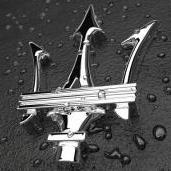
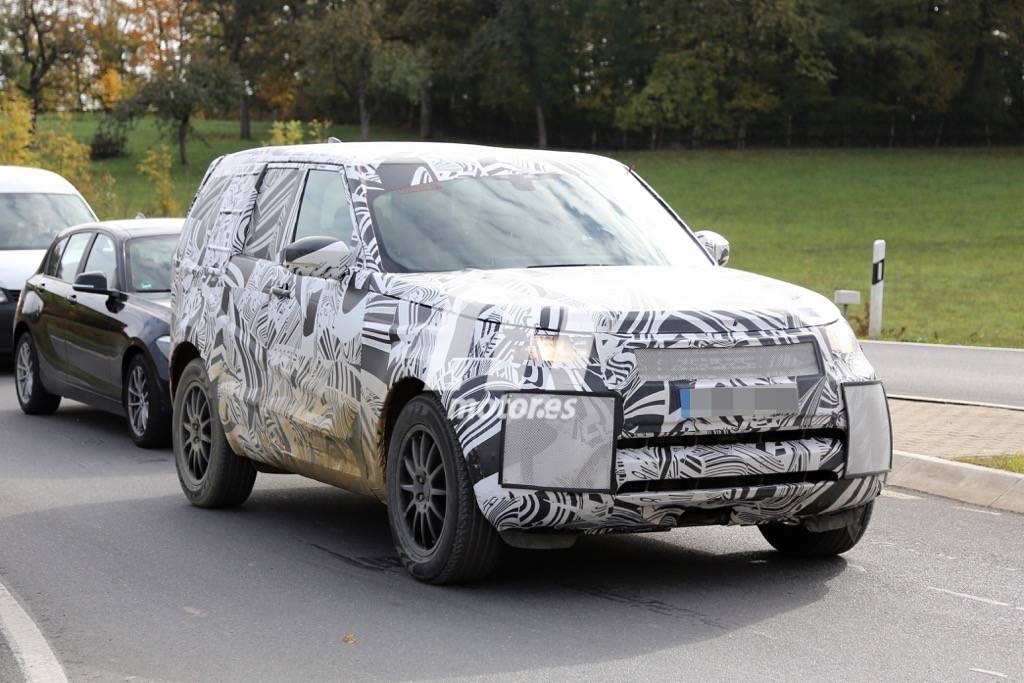
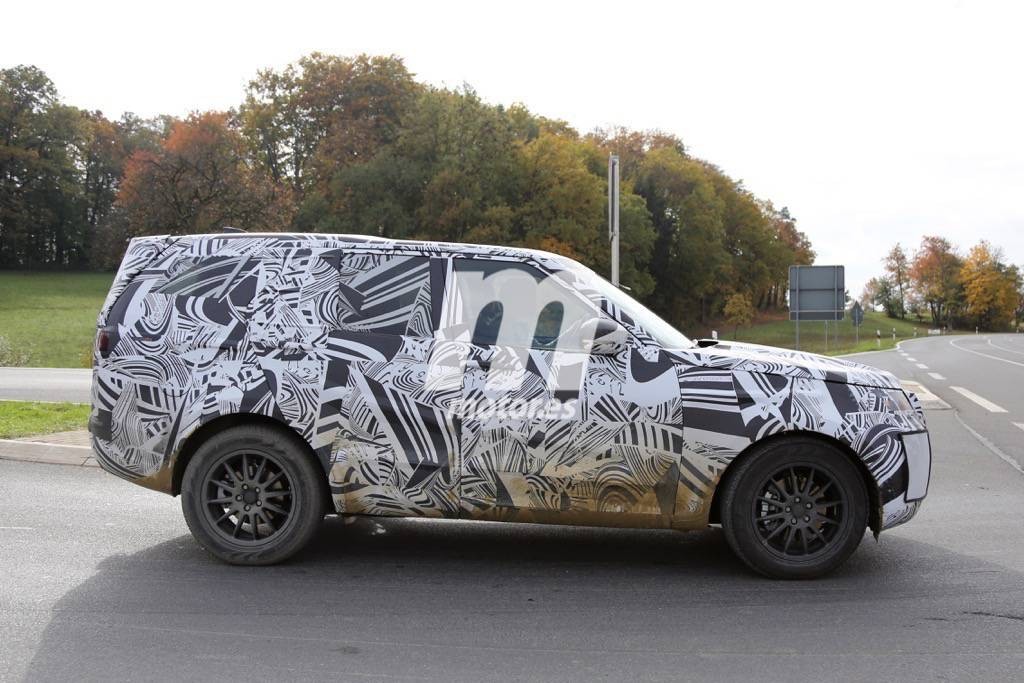

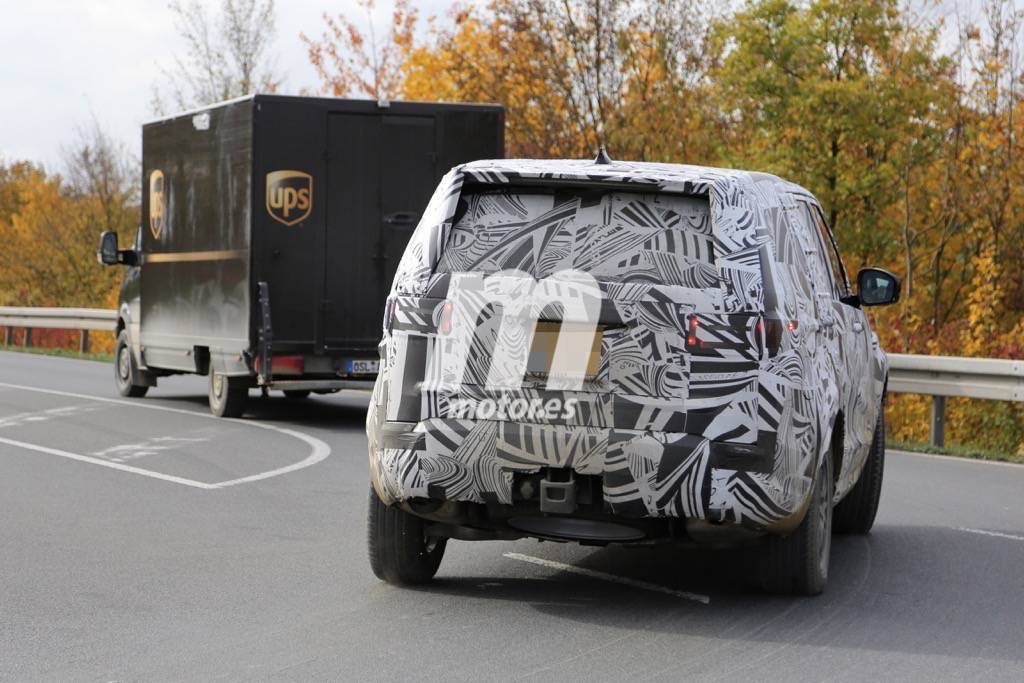
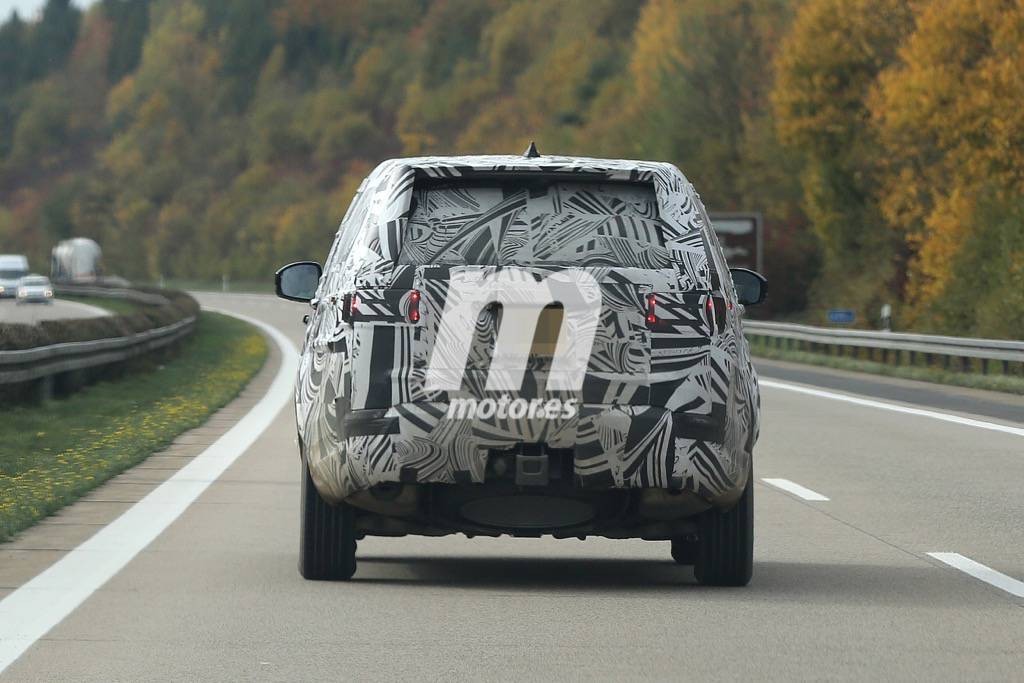


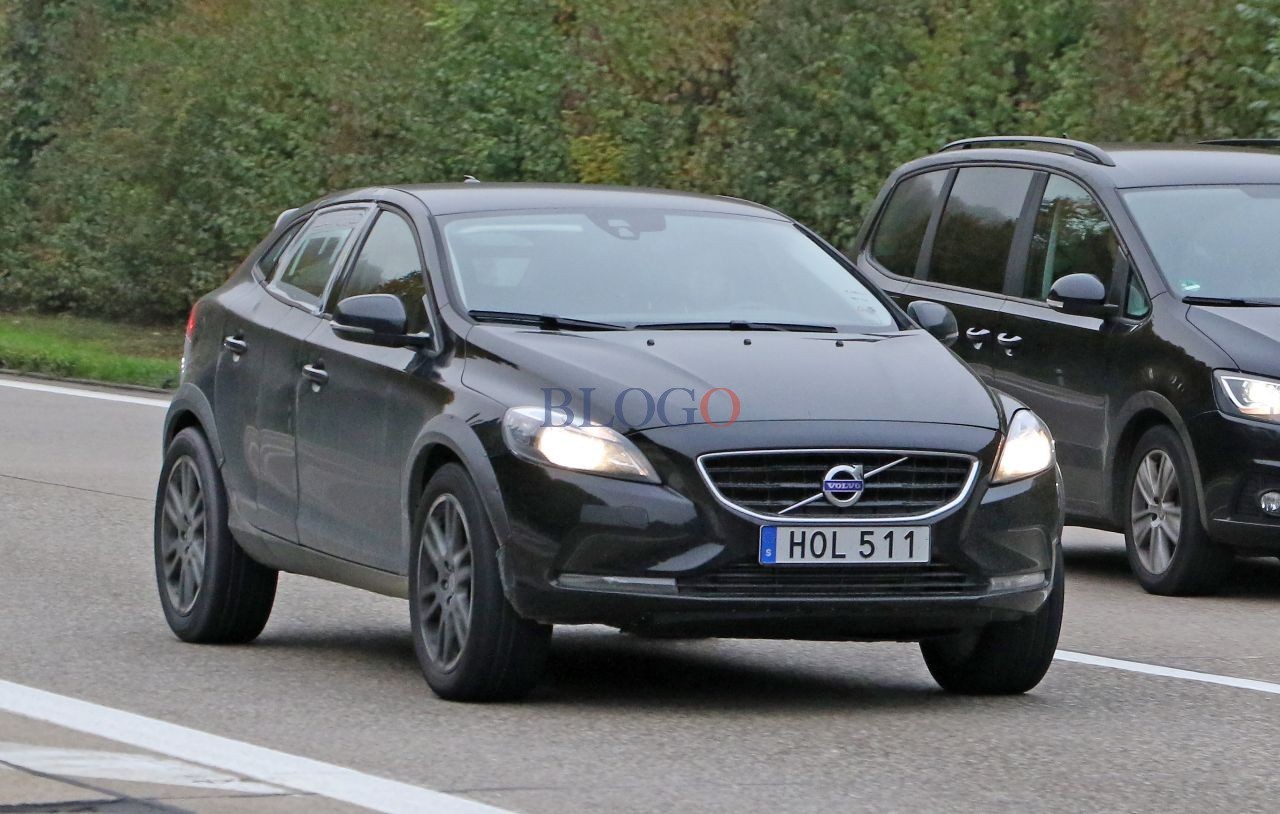
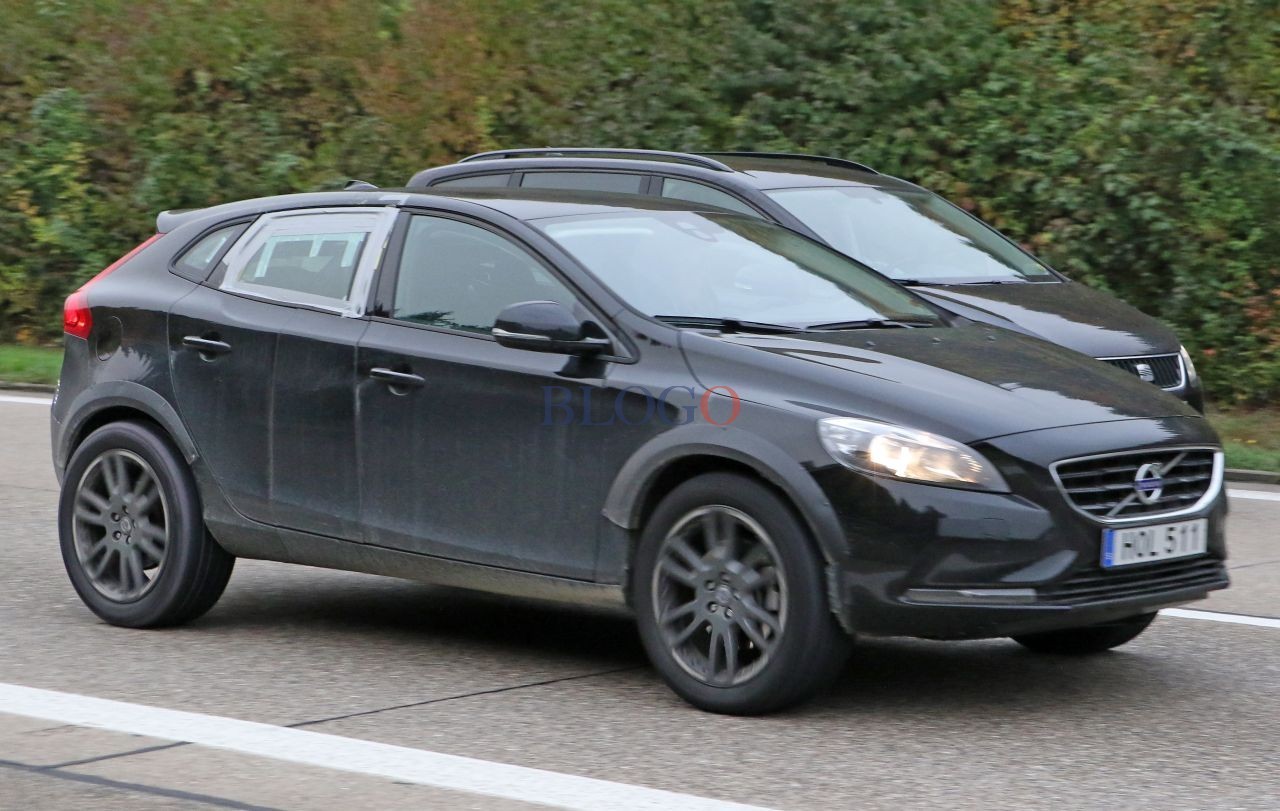
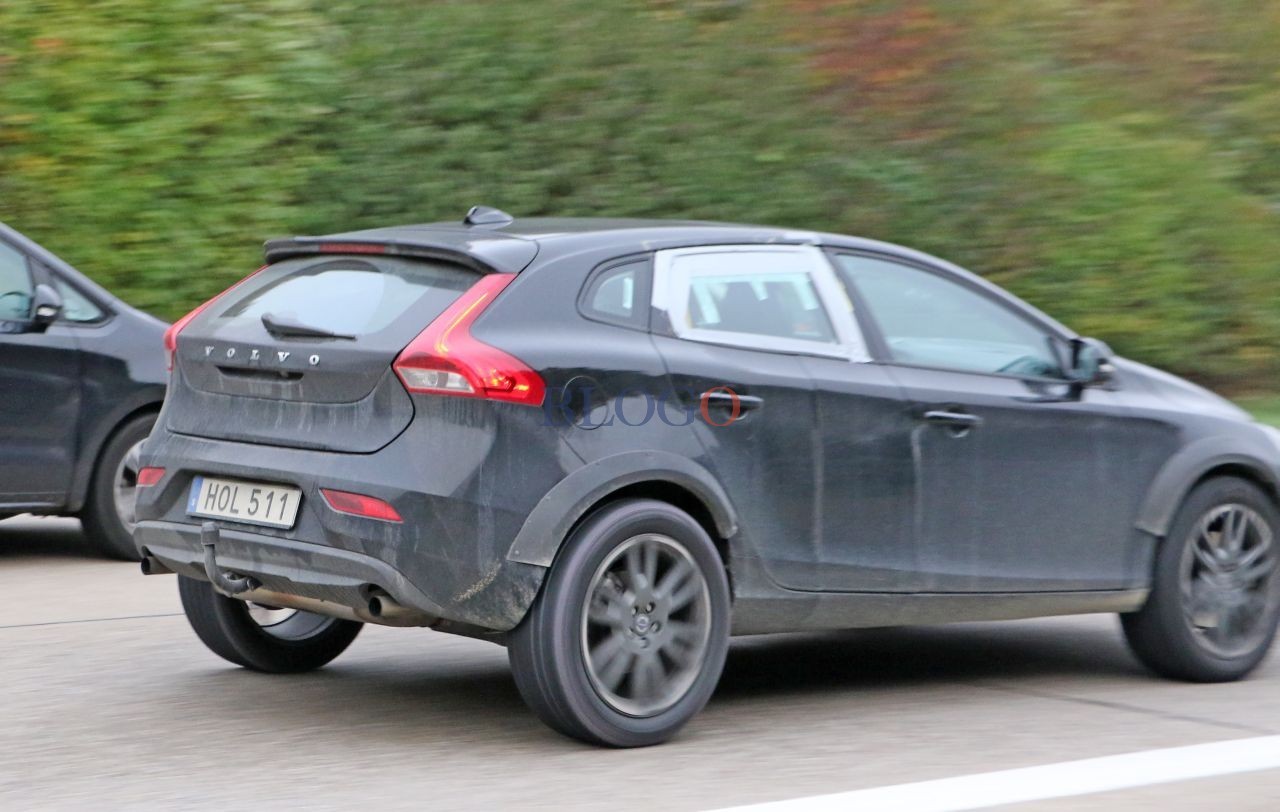
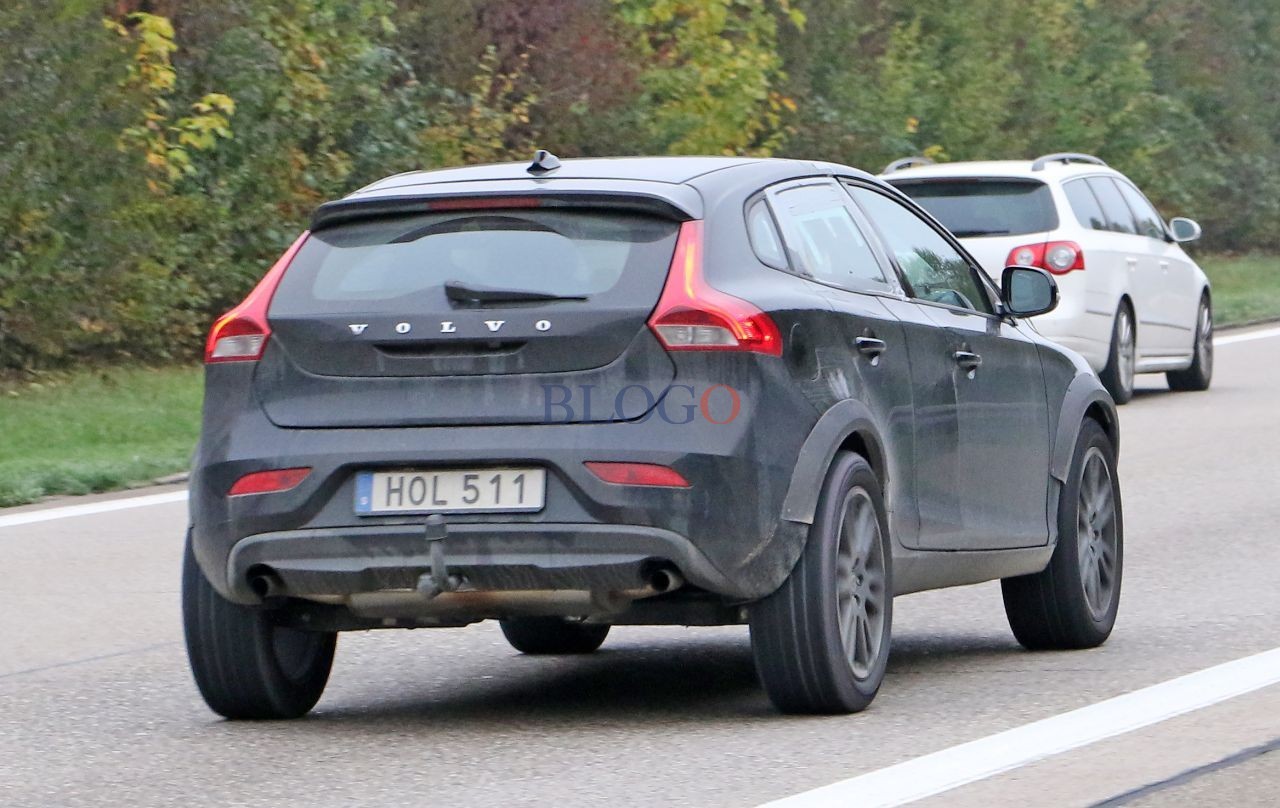
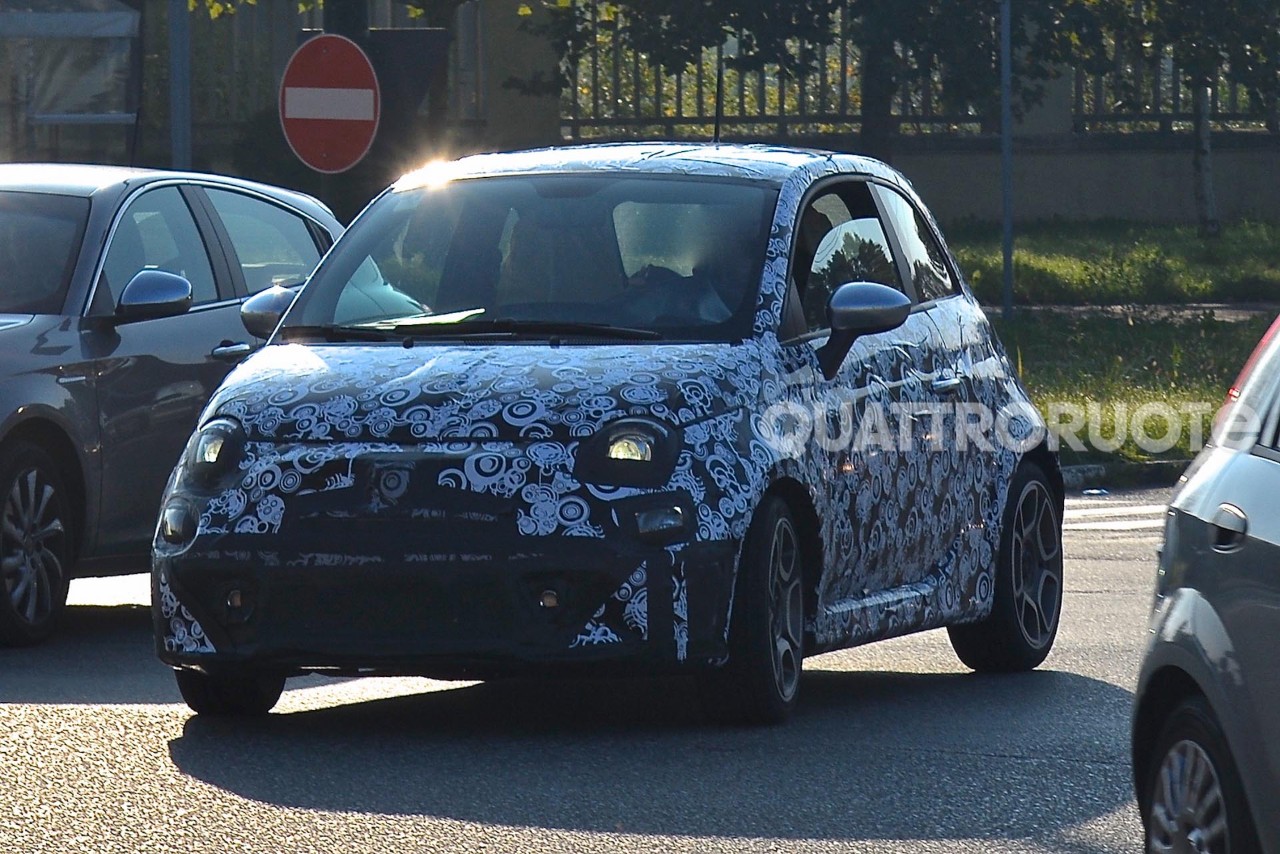


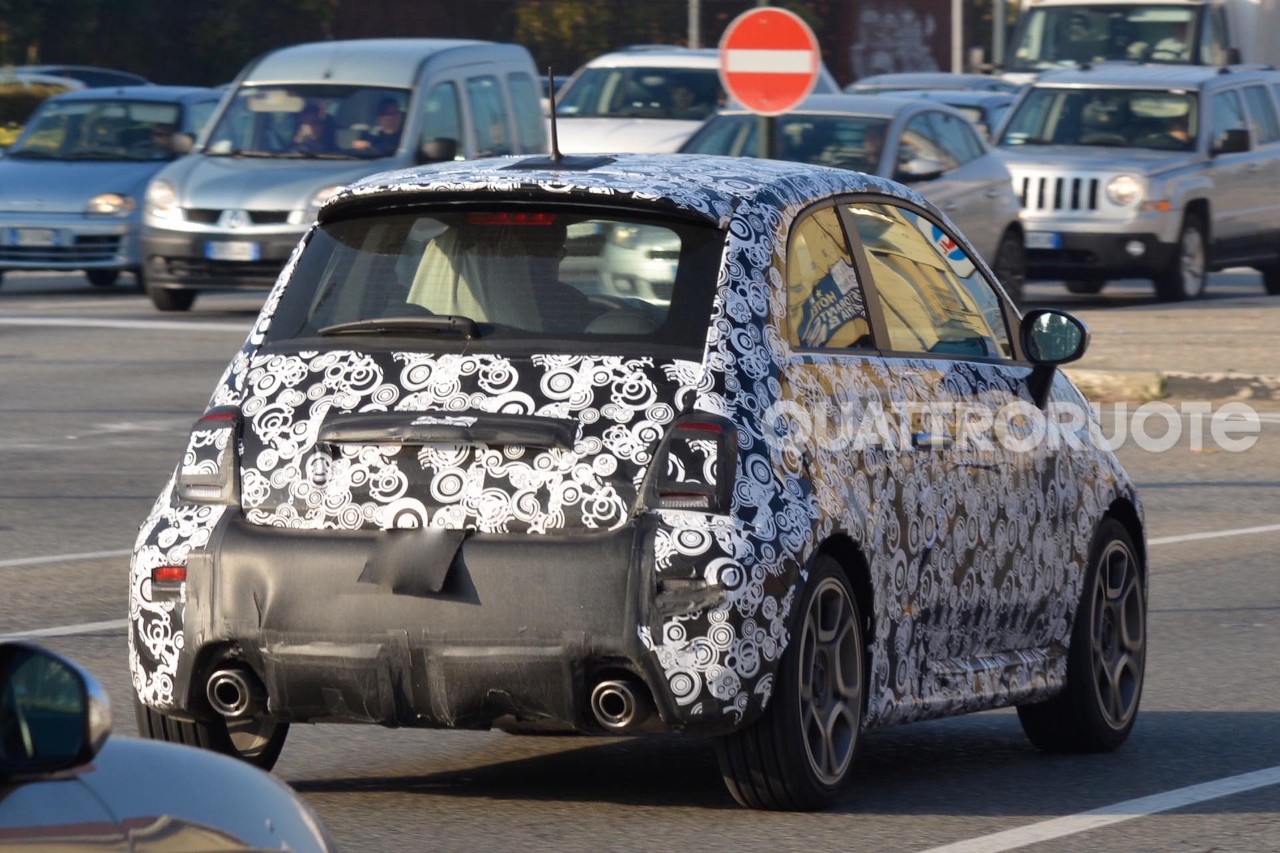
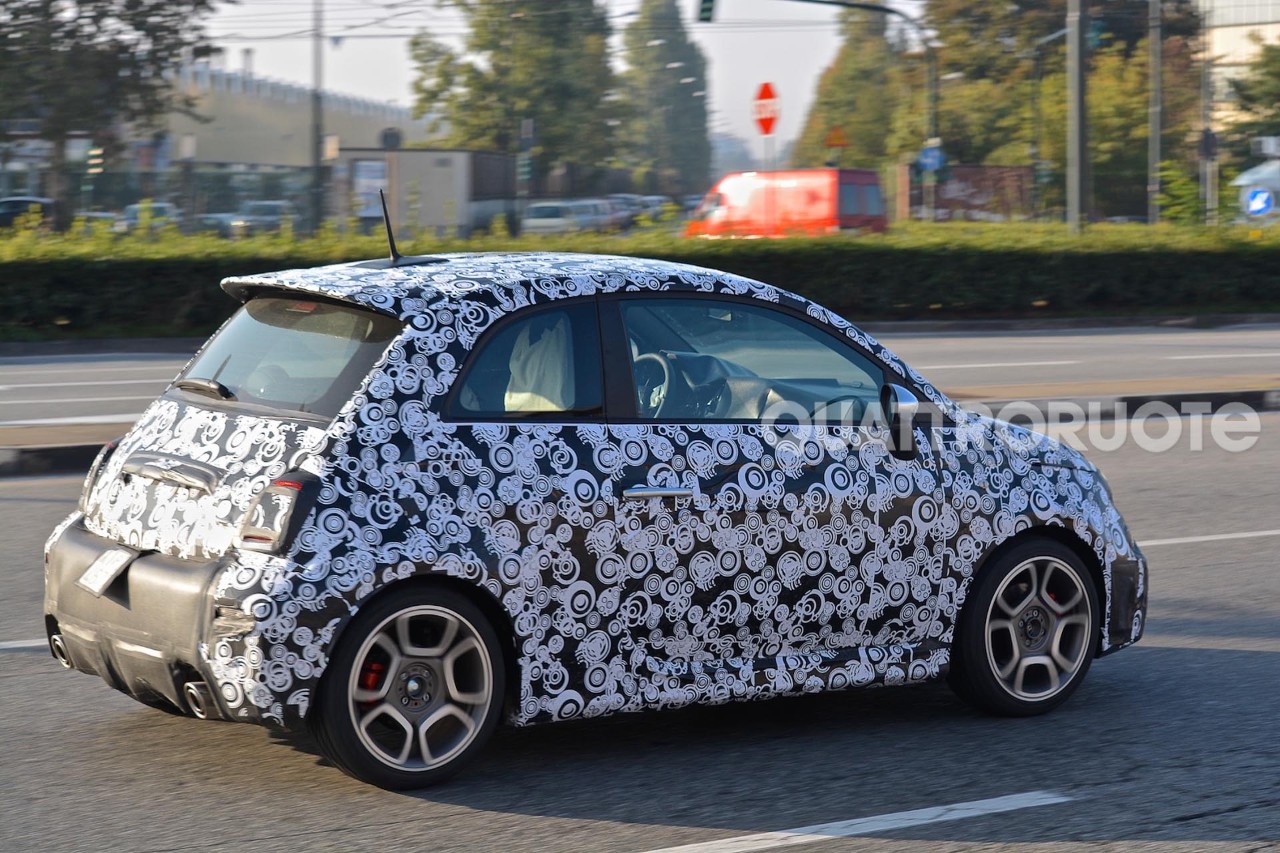































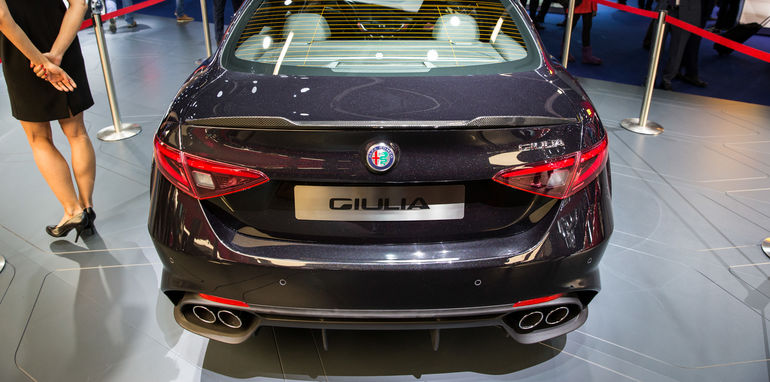
Maserati Levante - SUV (Spy)
in Scoops and Rumors
Inviato